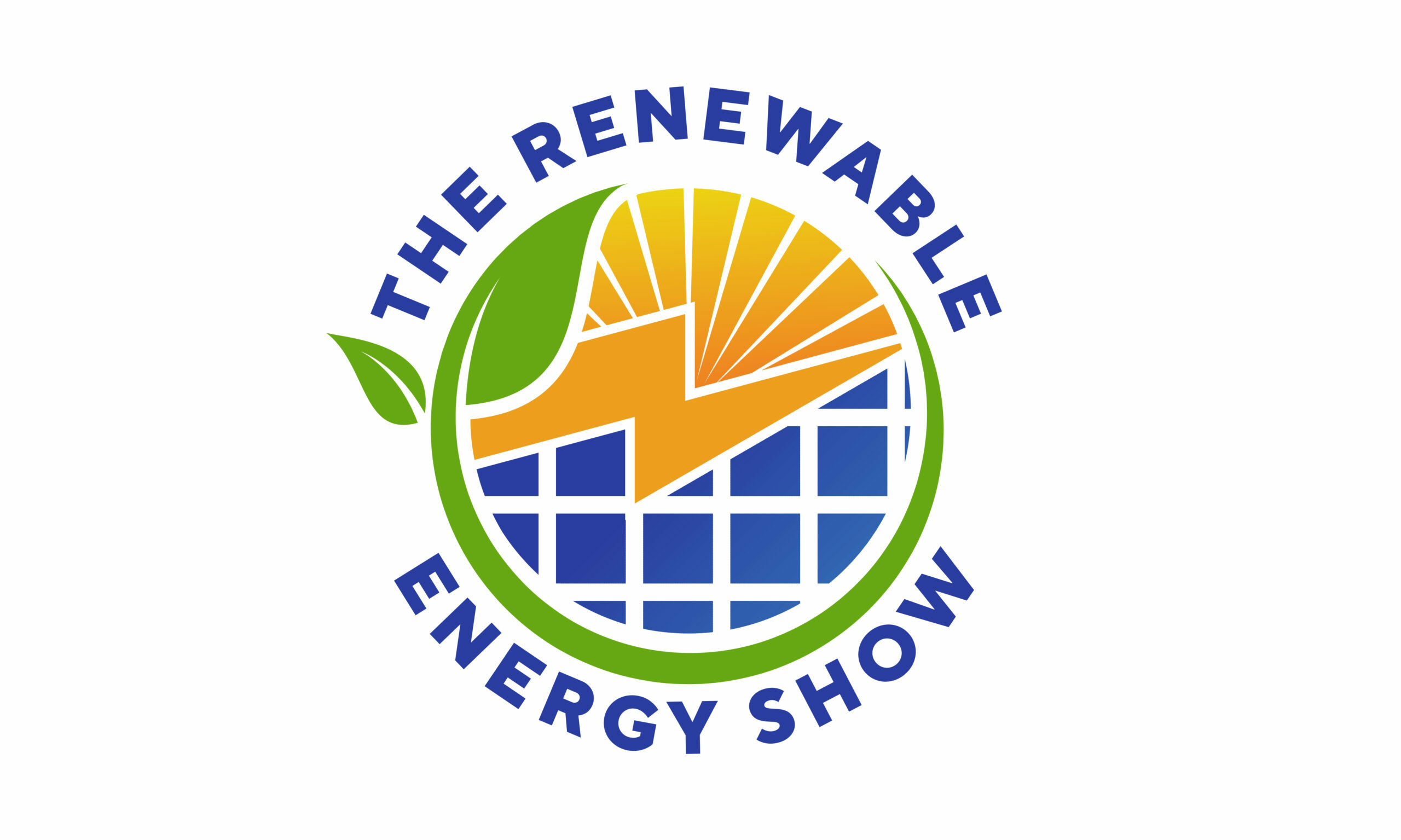As we continue to grapple with the challenges of climate change, energy sustainability, and economic growth, it’s clear that we need a fundamental shift in the way we generate and consume energy. One often-overlooked yet incredibly promising solution is geothermal energy systems. These systems tap into the heat of the Earth to provide clean, reliable, and sustainable power – but what exactly are they, and how can we harness their potential to shape our energy future?
At its core, geothermal energy harnesses the natural heat of the Earth to produce steam, which drives a turbine to generate electricity. This process has been used for centuries, with ancient civilizations like the Romans and Chinese using hot springs to power their homes and bathhouses. However, modern geothermal energy systems have evolved significantly, with many countries now leveraging this technology to meet a significant portion of their energy needs.
There are two primary types of geothermal energy systems: conventional and enhanced geothermal systems (EGS). Conventional systems involve exploiting existing hot spots, typically in areas with significant volcanic or tectonic activity. These systems can be highly efficient, with some plants achieving capacities of over 100 megawatts. EGS, on the other hand, involves creating artificial hotspots through injection of fluids into the earth’s crust, allowing for geothermal energy production in areas without natural hotspots.
One of the most compelling aspects of geothermal energy systems is their scalability and adaptability. While they are often associated with remote or hard-to-reach areas, they can also be integrated into urban settings, providing a reliable source of heat and power for buildings and industries. Moreover, geothermal energy is a zero-carbon source of power, emitting no greenhouse gases or other pollutants during operation.
However, geothermal energy systems also come with their own set of challenges and limitations. High upfront costs, complex drilling and exploration processes, and concerns about land-use and environmental impact all pose significant hurdles to widespread adoption. Additionally, the geological conditions required for geothermal energy production are specific and can be difficult to replicate, limiting the potential for large-scale deployment.
Despite these challenges, many countries are actively exploring the potential of geothermal energy systems to meet their energy needs. In Iceland, for example, geothermal energy accounts for over 80% of the country’s electricity generation, while in Indonesia, a geothermal energy project is expected to provide over 1,000 megawatts of power to the national grid. Similarly, in the United States, the Geothermal Energy Association estimates that geothermal energy could supply up to 10% of the country’s electricity by 2030.
As we look to the future, it’s clear that geothermal energy systems will play a critical role in shaping our energy landscape. By harnessing the power of the Earth, we can reduce our reliance on fossil fuels, mitigate climate change, and create new economic opportunities. While challenges remain, the potential of geothermal energy systems to power our future is undeniable – and it’s time to start exploring this exciting and rapidly evolving field in earnest.
